 Introduction
Introduction
My previous carnivals - the super s*** one (I don’t want to offend anyone this time around!), and the Italian one, were both ‘implicitly themed’, ie I drew out the theme from the posts that were submitted to me.
However, in the last edition of the carnival, we were asked to think about an explicit theme (talent management in the improving economy), so I thought I’d be a bit more explicit here too.
And the thing that has been exercising my mind recently is ‘the social business’. Partly because there’s been a lot of commentary on it recently (see below), and partly because it relates very closely to the focus of my new(ish), or at least less well known, blog: Social Advantage.
So, I’ve asked that contributors to this carnival might like to submit posts relating to HR’s role in the social business, or at least “posts that have a social networking aspect to them, eg anything about teams (team performance, team reward etc), HR and web 2.0, social psychology, social network analysis, etc)”.
And we’ll start with this – the meat of the carnival:
 HR in the Social Business
HR in the Social Business
So what is the ‘social business’? Most of the bloggers contributing to this carnival will know, but most other readers probably won’t – as discussion has been largely confined to the blogosphere so far. If you don’t know, check out my post Views on HR News: HR’s Role in the Social Business at HR Zone (free membership required).
Jo Jordan continues the theme with Give HR a strategic stake in business with social media at Flowing Motion.
Matt Alder considers Social media and HR – arch enemies or vital partners? at Recruiting Futurology.
Anne Marie McEwan posts on Second Wave Smart Working: What Role HRM? at the Smartwork Company blog.
Gautam Ghosh posts on Tomorrow’s HR professional at Gautam Blogs.
And Jessica Miller-Merrell describes HR & the social media battlefield at Blogging 4 Jobs.
If you want to learn more, then yes, you can learn about social media using social media, but you can also learn from conference attendance too.
Mark Bennett discusses (social and community) Thinking at HR Technology 2009 on TalentedApps.
And Michael Vandervort shares his learnings from IZEAfest in Be a Guru, Not just a Swami! at The Human Race Horses.
Then we’ve got some posts looking at specific social networking sites
Sharlyn Lauby posts on Facebook games and its business applications at Restaurant City on the HR Bartender.
BP Rao posts on another social network: 43 Things at A Social Network To Achieve Goals on People at Work and Play.
Steve Boese posts on IBM’s social network, Beehive, in Work and Networks at his Technology blog.
And Stacy Chapman builds on Steve’s post, noting the use of Social Networking Data in Workforce Planning at Strategic Workforce Planning.
Convinced this is something HR needs to get involved with yet? Well, check out the following posts as well:
Lance Haun writes Let’s Stop Talking About Social Media Experts at Rehaul.
John Agno considers The Way We Communicate at Coaching Tip.
Andy Headworth suggests Social media stops talk. Here are ten ways to help you build that conversation again at Sirona Says.
Susan Heathfield highlights a disturbing trend recently, asking Do You Snoop Online On Prospective Employees? at Guide to Human Resources.
And responding to the same issue, Laurie Ruettimann warns against being a chump in Question: Social Media, Employers, and Passwords at Punk Rock HR.
The most obvious application of social media within HR is in recruitment, and we also have a few posts on this:
Amit Bhagria asks Is Social Networking an Effective Recruitment Strategy? at the Young HR Manager.
Peter Gold describes How job boards killed job ad creativity and how Twitter brings it back (maybe) at the Social Workplace Blog.
Cathy Missildine-Martin responds to Dear Job Seeker in Human Resources at Profitability through Human Capital.
Susanna Cesar asks Will you be ready to recruit when the recession ends? – including through technology - at Recruitment 2.0.
But of course, the social business isn’t all about technology, and The HR Store answers a manager’s question about real (vs virtual) world teaming in Team member skips meetings regularly.
Ready for the mustard? (English of course – or British at least)
 Other UK HR blogs
Other UK HR blogs
We’ve already had quite a high proportion of social business related posts from the UK, and we’ve got these additional contributions too:
First of all, have you heard about the Times journalists rant against the HR profession recently?
Rick asks If HR is so crap, why does it continue to exist? at Flip Chart Fairy Tales.
Graham Salisbury also addresses this issue but then moves on to ask What keeps American HR Managers awake at night: the thought of bare legs at HR Case Studies.
Other stories include the one about Mike the Rooster. Heard it? Bay Jordan tells all in Crowing Management at Zealise blog.
MOK focuses on Innovating in the Global Recession at The Innovation Beehive.
And Nick Jefferson suggests that There's Just No Accounting For HR at Jeffersonia Unlimited.
Time to get the party started?
 Leadership posts
Leadership posts
Mick Collins posts on Leaders are Expensive, but Poor Leaders Cost Exponentially More at InfoHRM blog.
Wally Bock provides The Third Grade Teacher Model of Leadership at Three Star Leadership.
Steve Roesler helps managers and HR pros to think diagnostically about Coaching? Three Choices To Consider at All Things Workplace.
Dan McCarthy describes What HR Wants From an Executive Coach at Great Leadership.
And Mary Jo Asmus responds with What Executive Coaches Want From HR at Aspire CS.
Strategy post the recession posts
Frank Mulligan posts on China Recruitment - All on the Up (Slowly) at Talent in China.
Amit Avasthi discusses Beyond the Recession at HR Bytes Blog.
And Gireesh Sharma notes some Post-Recession Challenges of Talent Management at Talent Junction.
So there’s good news in Chindia at least!
Measurement posts
Alice Snell posts on talent analytics in Staying, Going, Returning at Talent Management Solutions.
And Jay Jamrog and Mary Ann Downey post on the Future Trends of HR Metrics at I4CP’s Productivity Blog.
Reward and Engagement posts
David Zinger provides The 14 Keys of Employee Engagement.
Chris Ferdinandi discusses Sick days, flexible work, and the law of unintended consequences.
Anne Bares posts on Top Three Reward Strategies for 2009 at Compensation Force.
Paul Herbert emphasises that Reward Programs are NOT About Manipulation at Incentive Intelligence
Other HR stuff
Lisa Rosendahl asks Do I Look Like A Dinosaur To You? at Simply Lisa.
Mike Haberman asks Should Recruiting Get the Boot? (from HR) at HR Observations.
Chris Young encourages you to Take Ownership For Your Own Professional Development at Maximizing Possibility.
A few late revellers:
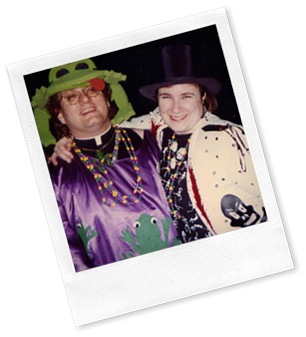 People and companies posts
People and companies posts
Melissa Prusher posts on Ten Minutes with John Sumser – Industry Expert at Devon Group’s blog.
Vishveshwar Jatain posts on Career lessons from Barney Stinson at Benifys blog
And how many times did you come across references to Zappos in these posts (there’s at least a couple)?
This is just part of a bigger trend according to Jessica Lee at Fistful of Talent who asks whether we should love Zappos (this is actually a two-part post:
First Tim Sackett discusses How Zappos Ruined HR ...
And then Kris Dunn follows up with If I Drank All the Zappos Kool-Aid, Wouldn't My Teeth Be Green?).
That’s it (finally!). I hope you liked it!
You’ll have noticed that following Becky Robinson’s lead in the last leadership development carnival, I have provided contributors’ Twitter usernames above and hope you will find these useful. And like Becky, I have also created a group so you can follow all the Twitter users who contributed to this carnival… see http://tweepml.org/HR-Carnival/.
Next time, the carnival calls in with Sharlyn Lauby at the HR Bartender.
Photo credits: M.Minderhoud, Infrogmation (1, 2 and 3) and David.
This post is cross-posted at Social Advantage.
Consulting - Research - Speaking - Training - Writing Strategy - Talent - Engagement - Change and OD Contact me to create more value for your business jon [dot] ingham [at] strategic [dash] hcm [dot] com .
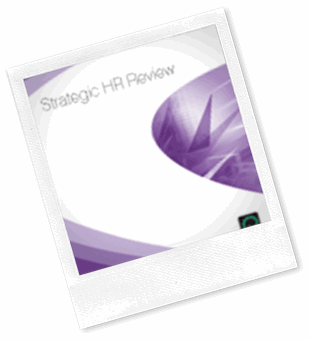 I’ve got an article, ‘Building Human into Social Capital’ in the new issue of Strategic HR Review.
I’ve got an article, ‘Building Human into Social Capital’ in the new issue of Strategic HR Review.




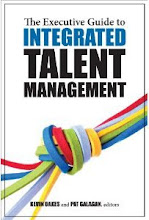



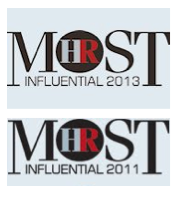







 The new, Halloween Spirits, HR carnival is up at Sharlyn Lauby’s
The new, Halloween Spirits, HR carnival is up at Sharlyn Lauby’s 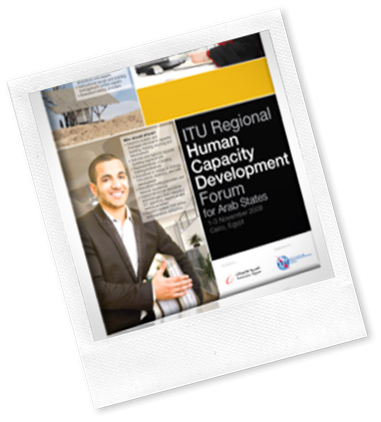 I’m presenting at the International Telecommunication Union’s
I’m presenting at the International Telecommunication Union’s 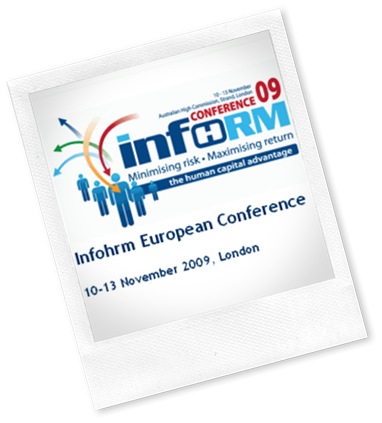 Continuing the
Continuing the 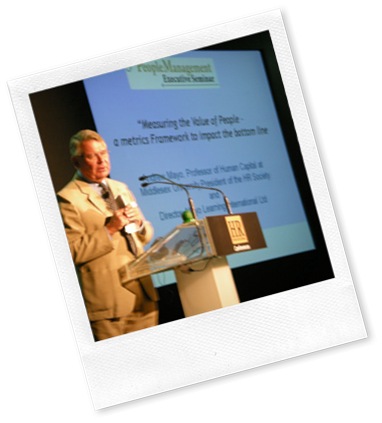 Andrew Mayo is kicking off the afternoon sessions of
Andrew Mayo is kicking off the afternoon sessions of  The first session at
The first session at 
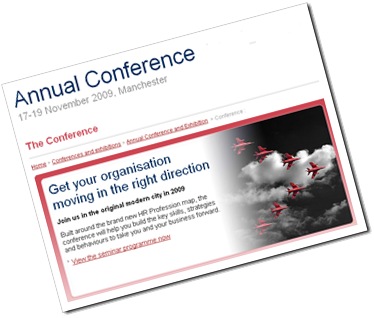 The leaves are turning brown and it feels like I should be in Harrogate again. But no, it’s another month to go and it’s going to be Manchester.
The leaves are turning brown and it feels like I should be in Harrogate again. But no, it’s another month to go and it’s going to be Manchester. Did you get through yesterday’s rather monster ‘HR in the Social Business’ carnival? Well, apologies, but I think this is going to be an even longer post… (it’s well worth reading though!)
Did you get through yesterday’s rather monster ‘HR in the Social Business’ carnival? Well, apologies, but I think this is going to be an even longer post… (it’s well worth reading though!) Introduction
Introduction HR in the Social Business
HR in the Social Business Other UK HR blogs
Other UK HR blogs Leadership posts
Leadership posts People and companies posts
People and companies posts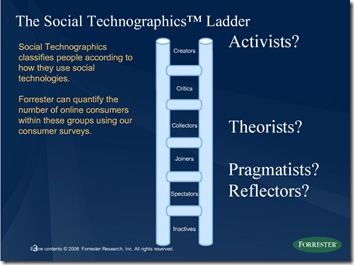
 The
The 












